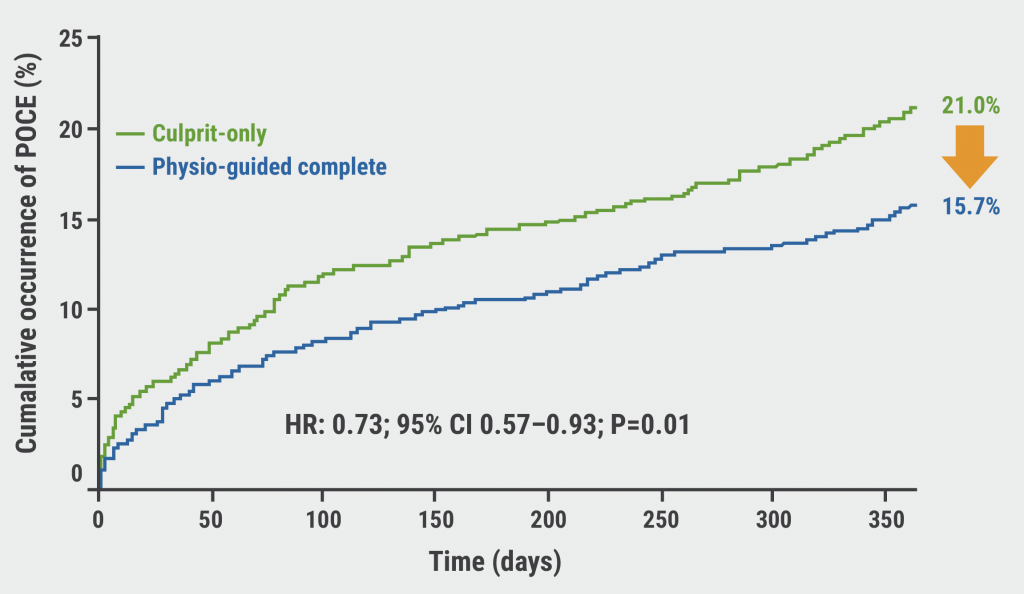Dr Aldo Pietro Maggioni (Research Center of the Italian Association of Hospital Cardiologists, Italy) and colleagues assessed the rates of hospitalisations for AF, ischaemic stroke and major haemorrhages, prescriptions for oral anticoagulation (i.e. both vitamin K antagonists [VKA] and DOACs), and antiplatelet agents over a 4-year period from 2012 to 2015 [1]. Also included was an evaluation of yearly costs per patient with AF for the Italian National Health Service (INHS). The cohort included 12 million subjects, discharged between 1 January 2012 and 31 December 2015 with primary or secondary diagnosis of AF. Surviving AF patients were followed for 1 year after discharge (index date) for medications and further hospitalisation. A small proportion of patients (6.3%) was lost to follow-up due to their migration to other healthcare facilities.
Admissions for AF in these years were as follows: 3.98%/1,000 in 2012, 4.05%/1,000 in 2013, 4.01%/1,000 in 2014 and 4.35%/1000 in 2015. Prof. Maggioni concluded that 4 out of 1,000 Italian people are hospitalised yearly with AF. Also, the use of oral anticoagulants increased from 2012 to 2015, which was largely due to the uptake of DOAC (which was prescribed in 2015 to nearly a third of the AF cohort). At the same time, the rate of admissions for intracerebral haemorrhages or major bleeds (taken together) did not substantially change. Despite concerns that DOAC for a common condition such as AF might cause unsustainable national health service expenses, the total cost per AF patient in 2015 fell compared with previous years, given reduced costs for hospitalisations and for other cardiovascular and non-cardiovascular drugs.
Prof. Maggioni did pint out some limitations of the current study: “The AF cohort was sufficiently ill to require hospitalisation and sufficiently strong to survive discharge; the events considered were limited to INHS only, and there was a limited number of variables hindering detailed definitions of clinical severity. Also, laboratory blood values, reasons for non-adherence to recommended drugs, AF type, and duration were not included, and a descriptive association cannot demonstrate causality.
1. Maggioni AP. Four-year trends in oral anticoagulant use and rate of ischemic stroke among 194,030 atrial fibrillation patients taken from a population of 13 million people. FP Number 58. ESC Congress 2019, 31 Aug-4 Sept, Paris, France.
Posted on
Previous Article
« Real-world data shows catheter ablation in AF patients lowers risk of death and HF hospitalisation Next Article
Catheter ablation plays key role in 2019 ESC Guidelines on tachycardia »
« Real-world data shows catheter ablation in AF patients lowers risk of death and HF hospitalisation Next Article
Catheter ablation plays key role in 2019 ESC Guidelines on tachycardia »
Related Articles
September 8, 2020
Surgical bleeding risk most important determinant of bleeding outcomes

© 2024 Medicom Medical Publishers. All rights reserved. Terms and Conditions | Privacy Policy
HEAD OFFICE
Laarderhoogtweg 25
1101 EB Amsterdam
The Netherlands
T: +31 85 4012 560
E: publishers@medicom-publishers.com

